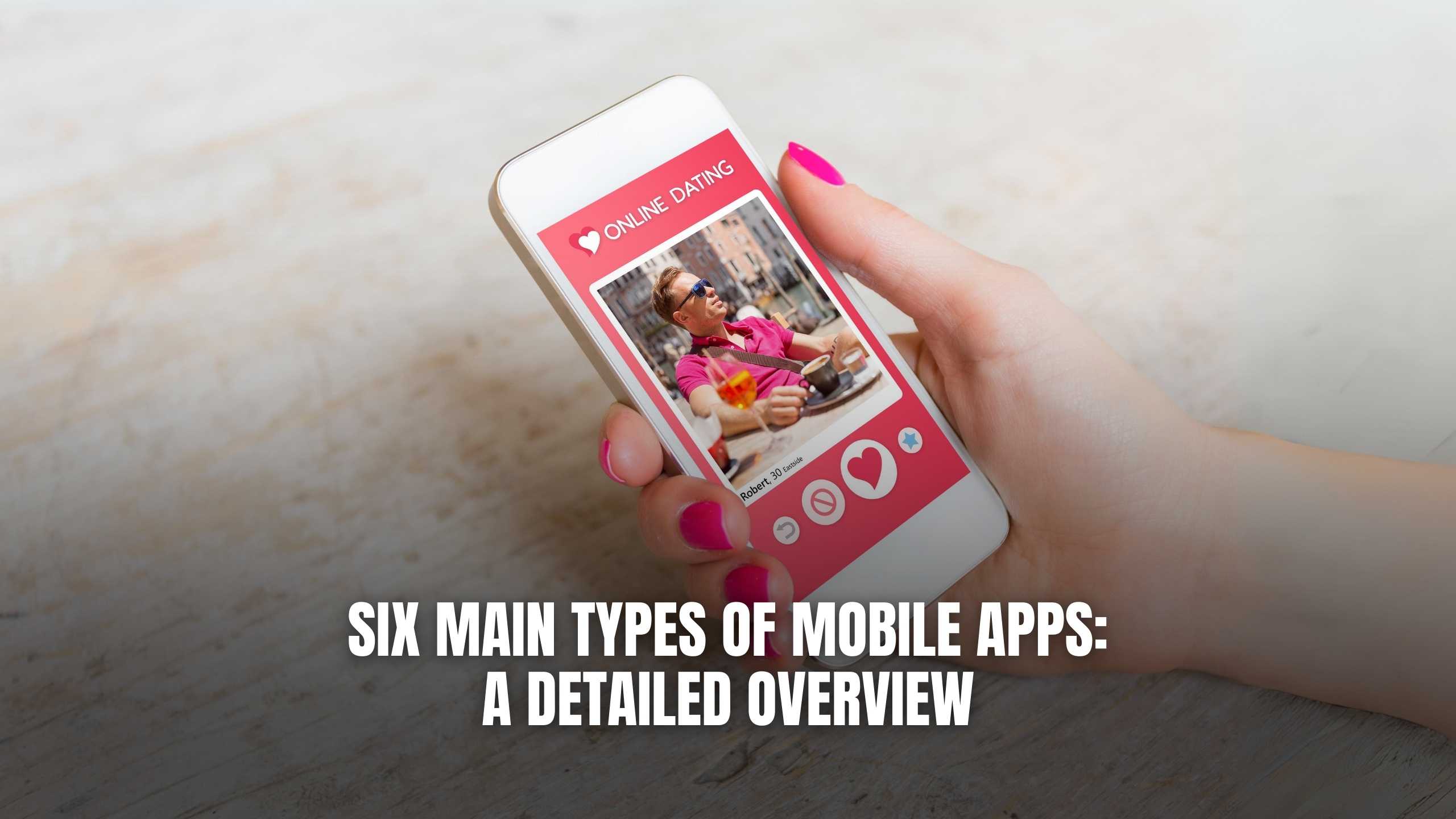Six Main Types of Mobile Apps: A Detailed Overview
- WebOps Platforms Bug Tracking & Feedback Software Web Development & Design


Six Main Types of Mobile Apps: A Detailed Overview
In the ever-evolving landscape of mobile applications, understanding the various types is crucial for developers, businesses, and users alike. This blog provides a comprehensive overview of the six main types of mobile apps, shedding light on their functionalities, use cases, and significance in the digital era.
1. Native Mobile Apps
Native apps are tailored for a specific operating system, such as iOS or Android, leveraging platform-specific features and capabilities. Developed using programming languages like Swift for iOS and Kotlin/Java for Android, these apps deliver optimal performance and a seamless user experience. Businesses often opt for native development to provide users with a robust and platform-native interface.
2. Web Apps
Web apps operate through web browsers, eliminating the need for installation. Accessible across various devices and platforms, these apps are built using standard web technologies like HTML, CSS, and JavaScript. While they may not fully utilize device-specific features, web apps offer broad accessibility without the constraints of app store approval processes.
3. Hybrid Apps
Hybrid apps combine elements of both native and web apps, offering a balance between versatility and performance. Developed using web technologies, such as React Native or Flutter, they can be deployed across multiple platforms. Hybrid apps are favored for their cost-effectiveness and the ability to maintain a consistent user experience across different devices.
4. Progressive Web Apps (PWAs)
PWAs are web applications that provide a native app-like experience. They operate within a browser but offer features like offline functionality, push notifications, and responsive design. This type of app bridges the gap between traditional web and mobile applications, delivering a seamless experience and enhancing user engagement.
5. Cross-Platform Apps
Cross-platform apps are designed to run on multiple operating systems using a single codebase. Technologies like Xamarin and Flutter enable developers to write code once and deploy it on both iOS and Android platforms. This approach reduces development time and costs, making cross-platform development an attractive option for businesses seeking wider market reach.
6. Enterprise Mobile Apps
Enterprise mobile apps are custom-built applications designed to address specific business requirements. These apps streamline internal processes, enhance employee productivity, and often integrate with existing enterprise systems. Security and scalability are paramount in enterprise app development, ensuring a seamless and efficient workflow within organizations.
Relevant SaaS Products:
- React Native: Streamline your hybrid app development with React Native, allowing you to build mobile apps using JavaScript and React. Benefit from code reusability and a smooth user experience across platforms.
- Flutter: Elevate your cross-platform app development using Flutter, a UI toolkit that enables the creation of natively compiled applications. Build expressive and flexible apps with a single codebase.
- Xamarin: Simplify cross-platform development with Xamarin, using C# to create apps for iOS, Android, and Windows. Leverage code sharing and a robust development environment.
- Swift: Dive into native iOS app development with Swift, a powerful and intuitive programming language. Develop apps that harness the full potential of iOS devices.
- Kotlin: Explore native Android app development with Kotlin, offering concise syntax and seamless interoperability with existing Java code. Enhance your app’s performance and user experience on Android devices.
Conclusion
In conclusion, the diverse landscape of mobile apps caters to various user needs and business requirements. Each type offers unique advantages, and the choice between them depends on factors such as functionality, development resources, and target audience. Understanding these distinctions empowers businesses and developers to make informed decisions, ensuring the successful creation and deployment of mobile applications.
Revolutionize Your Mobile App Strategy with Subscribed.fyi!
Ready to revolutionize your mobile app strategy and stay ahead in the dynamic world of technology? Subscribed.fyi is your go-to platform for managing your SaaS stack efficiently. Sign up for free to unlock exclusive deals on essential tools, saving you time and resources while maximizing the effectiveness of your mobile app development. Join Subscribed.fyi today and take your mobile app journey to new heights.
Relevant Links:





